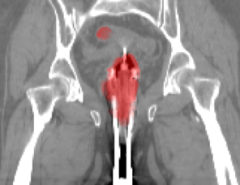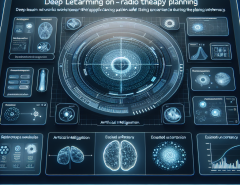Authors: Anna Yoo Jeong Ha, Josephine Passananti, Ronik Bhaskar, Shawn Shan, Reid Southen, Haitao Zheng, Ben Y. Zhao
Published on: February 05, 2024
Impact Score: 8.45
Arxiv code: Arxiv:2402.03214
Summary
- What is new: This research evaluates the effectiveness of both human and automated methods in detecting AI-generated art compared to human-created art, using modern generative models.
- Why this is important: The challenge of distinguishing AI-generated images from human-created art has significant implications for authenticity, fraud prevention, and AI training quality.
- What the research proposes: The study suggests a hybrid approach combining automated detectors and human expertise to achieve the best balance of accuracy and resilience against evolving generative models.
- Results: Both automated detectors and expert human groups showed strengths in identifying AI-generated art, but also distinct weaknesses, underscoring the need for a combined approach for optimal performance.
Technical Details
Technological frameworks used: Supervised learning for automated classifiers, various detection tools targeting diffusion models
Models used: 5 generative models used to create AI images
Data used: Real human art across 7 styles, AI-generated images for comparison, detection results from 8 different detectors including automated systems and human groups
Potential Impact
Art industry, online marketplaces for digital and physical art, companies enforcing content policies against AI imagery, AI development and training sectors
Want to implement this idea in a business?
We have generated a startup concept here: Authentica.



Leave a Reply